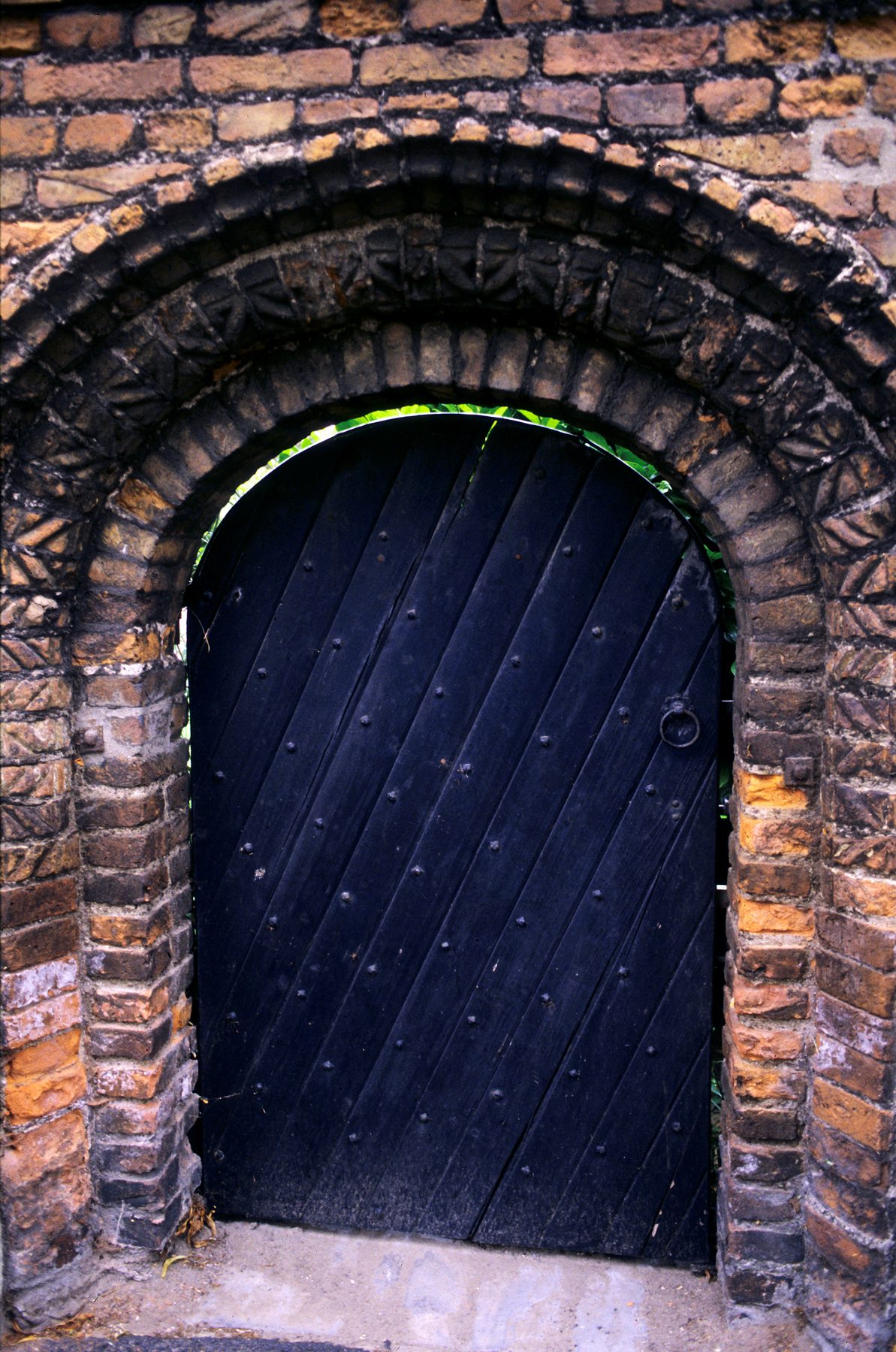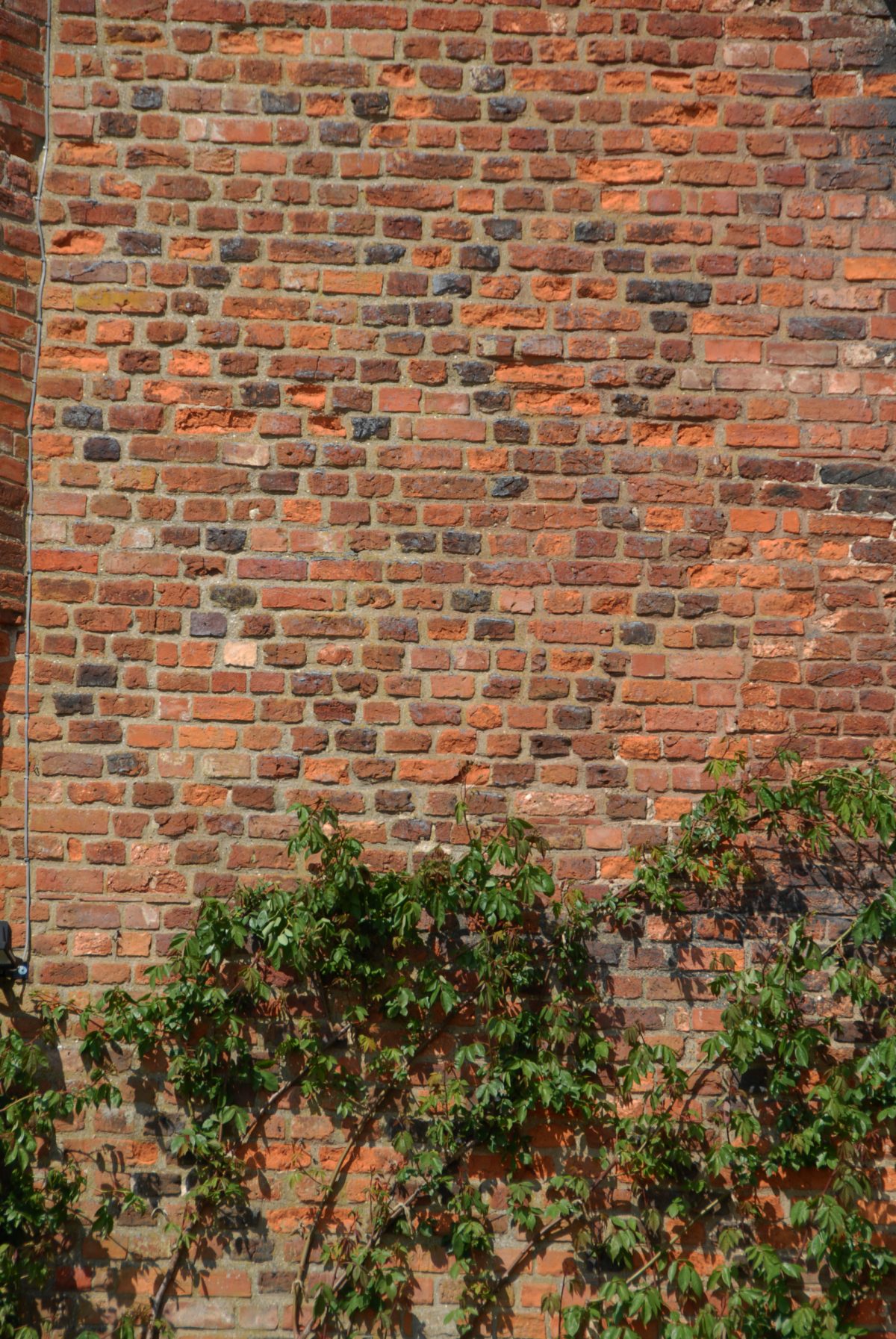Tudor Gardens
Tudor Gardens
By the Tudor period, foreign trees were brought in by overseas traders to shade delightful, scented herb ‘potagers’ and enclosed, private physic gardens, reminiscent of the cloistered garths of early religious houses.
Prosperous landowners planted avenues to their manor houses, often built adjacent to a wood, and established long rides to connect their lands. They invested in brick walled enclosures, separated by decorative archways and gates.
The ground in each garden ‘room’ was levelled evenly and divided into a ornamental pattern of flower and vegetable beds, a ‘parterre‘ (from French) or an ordered orchard of fruit and nut trees.
Straight, level walks, occasionally decorated with statues, divided each garden room into regular, geometric squares and rectangles centred with stone-edged fishponds. As on the Continent, gardens became more ornate with fountains, birdcages, mazes, and summer pavilions.
Possible Tudor brick doorway in Spalding
(Image: Steffie Shields)
An old entrance gate to a walled garden, on the banks of the River Welland, is a stone’s throw from Ayscoughfee Hall, built in 1451 as a wool merchant’s house at Spalding. Notice the decorative herring-bone brick-work pattern around the arch that may date from the Tudor period.
Harrington Hall brick garden wall diaper pattern
(Image: Steffie Shields)
Some Tudor garden enclosures also displayed diaper or chequered patterns in the brickwork as still seen in the walled garden at Goltho Hall and Harrington Hall.


